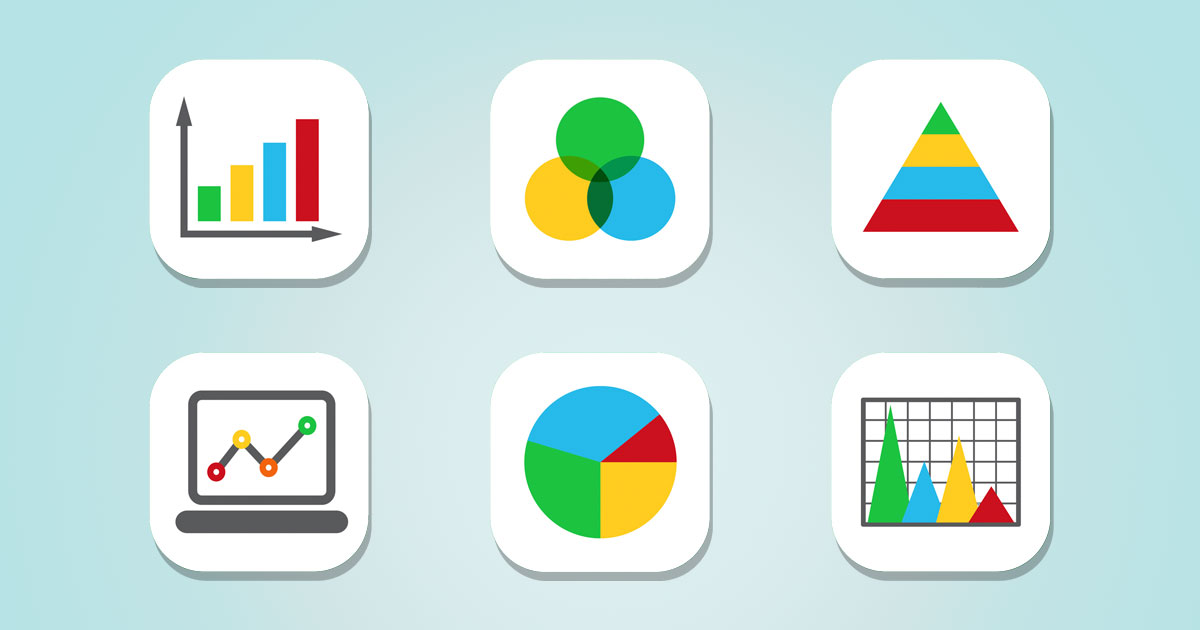Don't hesitate to contact us
+371 64292414
+371 27828000
info@cognitioit.com
Mon-Fri 10:00 - 19:00

Visual Reporting Service
What is data visualization?
Every day, your organization accumulates more data on revenue, marketing effectiveness, customer interactions, inventory levels, production performance, headcount, costs and other key performance indicators. But with so much data to process, it's hard for your employees to see the big picture.
Data visualization helps turn all that detailed data into clear, visually appealing, and actionable business information. By leveraging external data sources, modern data visualization tools not only provide a clearer view of key performance indicators: they unify data and help you see the relationships between KPIs, the market, and the world of AI analytics.
Benefits of Data Visualization
Data contains valuable insights that can drive your business forward. The problem is that it is not always possible to create a complete picture based on bare numbers. But when data is presented in a visual format, connections, patterns, and insights emerge that would otherwise go unnoticed.
Visualizations bring data to life and masterfully create stories based on the insights hidden behind the numbers. Through dynamic dashboards, interactive reports, charts, graphs, and other visuals, data visualization helps you quickly and efficiently uncover critical insights.
How to Make the Most of Data Visualization
The ability to show the big picture behind the numbers makes data visualization an effective means of communicating information. Data visualization can help you display performance metrics, identify trends, analyze the effectiveness of new strategies, demonstrate relationships, and more.
These views can be a powerful tool for communication and collaboration, adding value to reports, stories, applications, and other delivery tools.
Make better decisions with data visualization
Beautiful, rich visualizations are great tools for communicating ideas, but their main purpose is to help you make better decisions. Below are a few examples of how data visualization helps make strategic decisions:
Take a look at the big picture
A clear picture of performance is hidden behind the transaction, interaction, process, and behavior data stored in your systems. Data visualization allows you to expand the context and reveal deeper patterns within it. As a result, you will be able to recognize trends and patterns that would otherwise go unnoticed when analyzing raw numbers.
Identify key factors
Clearly understanding the big picture behind individual data helps identify important insights that will support successful decision making, planning, strategies and action plans.
How is your organization performing, what needs to change, and where should you focus your resources? Understanding the meaning of your data improves your productivity and helps you make better decisions.
Make informed decisions
With hard numbers and concrete insights at your fingertips, you can make data-backed decisions with more confidence. A clear understanding of performance metrics empowers you with the knowledge and tools to make the right decisions at the right time.
Track changing trends
Once you establish your baseline, trends will emerge. Track progress, identify trends, and use insights to make informed strategic decisions. Once you identify your trends, changes in patterns will indicate a departure from the intended course. This will allow you to immediately address the causes of poor performance.
How can we help?
Create the necessary visual reports
Design and prepare data for reports
Maintain and make changes to reports if necessary
- Provide advice on the use of reporting
For more detailed information about data visualization, you can click on this link Data Visualization Tools.

